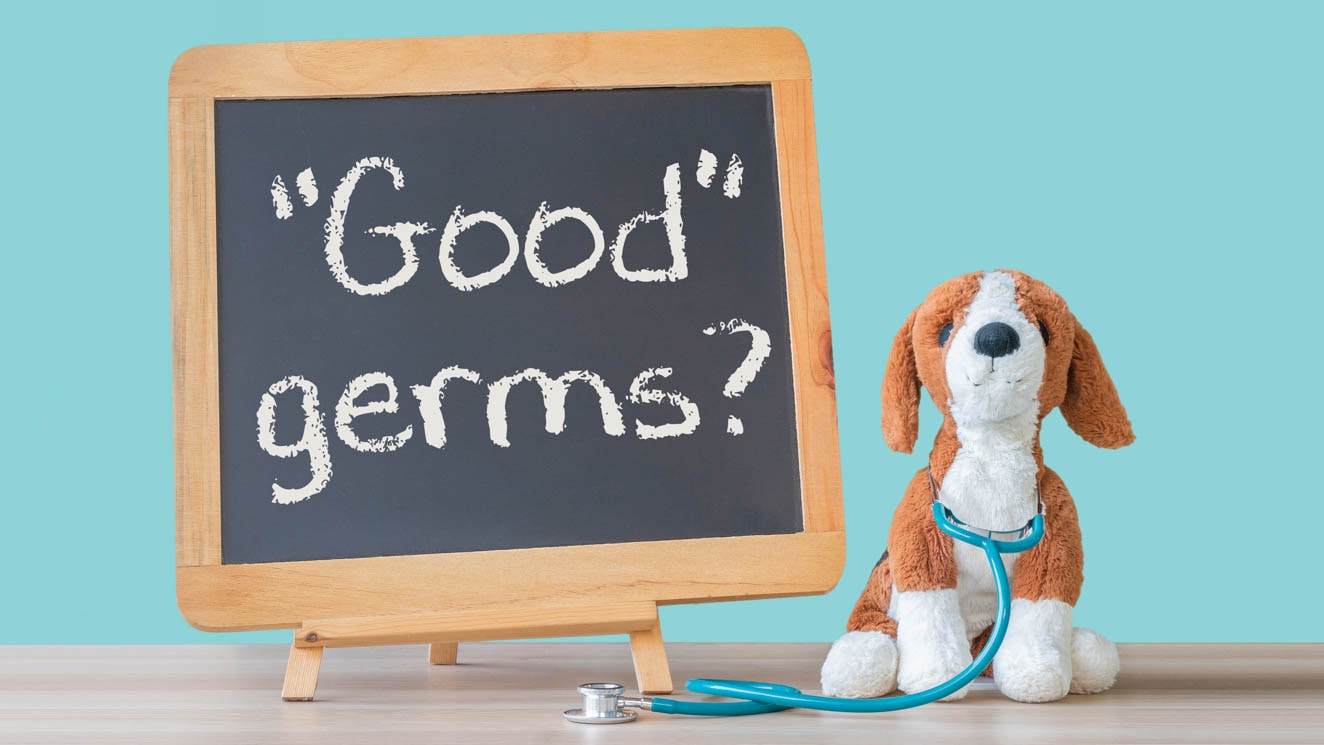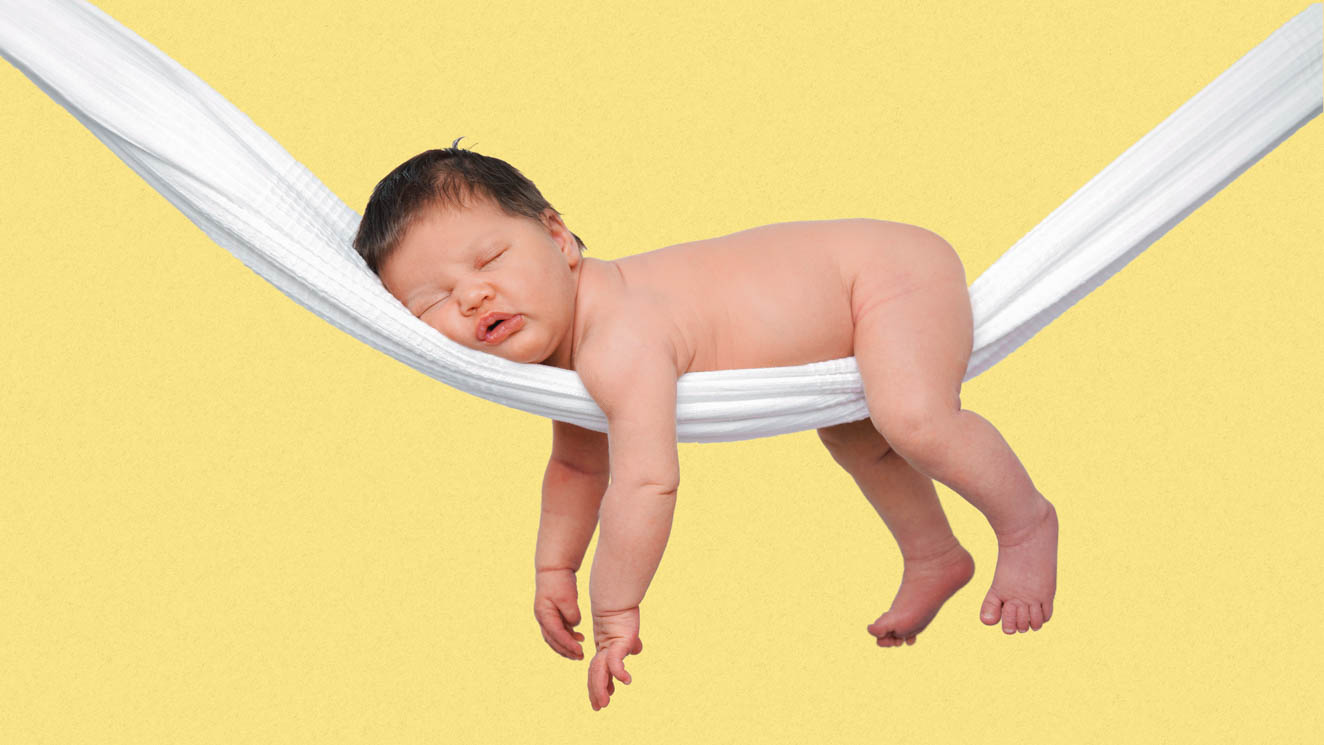

Approved by the What’s Up Moms Medical Advisory Board
“Every time I walk into the bathroom at school I see a bunch of freshman girls vaping. It’s like they’re all obsessed. Is it true that it’s safe as they say?”
This was a question I was asked recently during an annual checkup with one of my teenage patients. It amazes me how often some version of this comes up these days.
It used to be that when I’d ask my teen patients about cigarette smoking, I’d get a scornful look and a dismissive “no.” After all this generation is keenly aware of the risks inherent in cigarette smoking. But lately, more and more of them are casually talking about vaping (or “juuling” – a reference to a popular vaping device) and how it’s no big deal… the same kids who tell me they only do it socially at parties come back one year later and share that it’s now a daily habit. But again, no big deal.
There’s a lot of confusion out there about what vaping is, how widespread it is, and whether or not it’s harmful. Let me break it down.
Vaping is the act of inhaling the vapor produced by an e-cigarette or other vape device. JUUL is the most popular device on the market, and you’ve probably seen those — they look like little USB ports and are popular because they’re rechargeable and come in a range of flavors. (Creme Brulee, anyone?)
Initially e-cigarettes were marketed as a way to help adult smokers reduce their nicotine intake and work towards quitting. But the combination of sleek, easy-to-hide devices, trendy social media campaigns (think “cloud competitions” to see who makes the coolest vapor clouds) and child-friendly flavors has made vaping a huge hit with adolescents.
It’s a misconception that vaping is harmless. Yes, some of these liquids are nicotine-free, but most of them do contain nicotine and users aren’t always aware of that. For example, with the Juul brand, all of their flavor pods contain nicotine (one pod has as much as in a pack of cigarettes).
The latest stats show that 1 in 3 high school students has vaped in the past year and middle school students are getting into the act in alarming numbers. A few months ago, the US Surgeon General issued an advisory officially declaring e-cigarette use among youth an epidemic in the United States, saying “We have never seen a jump in youth use of any substances even close to the order of magnitude of this increase.” At the time of this writing, the FDA is making new regulations aimed at limiting the marketing of flavored nicotine products.
While it’s true that e-cigarettes deliver less nicotine than traditional cigarettes, emerging research has shown a number of disturbing trends:
Among current youth/ young adult JUUL users, only 37% knew that this product always contains nicotine. This fits with what I’ve seen in my practice; some teenagers are shocked to find out that their Cool Cucumber-flavored treat isn’t quite the benign thing they thought it was.
Teens and young adults who vape are four times as likely as their non-vaping peers to begin smoking traditional cigarettes, and more likely to try marijuana. Not to sound alarmist, but this truly is the newest gateway drug.
Research shows that the developing adolescent brain is particularly sensitive to nicotine, which activates addiction pathways in powerful ways. So this can prime the brain for more addictive behaviors down the road; it also interferes with pathways related to memory and concentration.
Even in a nicotine-free e-vapor, the chemicals can be dangerous to inhale. The ultrafine particles, like trace nickel, tin and lead are inhaled deep into the lungs. Some of the chemicals used for flavorings have already been linked to serious lung disease. The scary part is that our research data is way behind usage. For example, it seems like the cinnamon flavor is particularly damaging to lungs, but it will likely be years before we know its full effects.
Bottom line… if your child is in middle school, chances are s/he’s seen advertising for vaping devices and may have been offered a try with the assurance that it’s “harmless water vapor.” The best way to combat the misinformation out there is to talk to your kids early about it. For any parents looking for a resource, I like this one from Partnership for Drug-Free Kids: Vaping: What You Need to Know and How To Talk With Your Kids.







